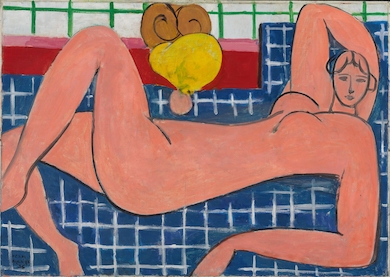
BALTIMORE — The Baltimore Museum of Art (BMA) is now presenting the first comprehensive exhibition to explore the singular 43-year friendship between Baltimore collector Etta Cone and French modern master Henri Matisse.
A Modern Influence: Henri Matisse, Etta Cone, and Baltimore opened in October and continues through January 2, 2022. The exhibition precedes the December opening of the Ruth R. Marder Center for Matisse Studies at the BMA, which will allow for greater public and scholarly engagement with the museum’s Matisse collection.
The relationship between Cone and Matisse laid the foundation for the BMA’s Matisse collection, which with more than 1,200 paintings and works on paper is the largest public collection of the artist’s work in the world. A Modern Influence will include more than 160 paintings, sculptures, prints, drawings, and illustrated books that demonstrate how Cone’s bond with the artist provided her with a sense of identity, purpose, and freedom from convention.
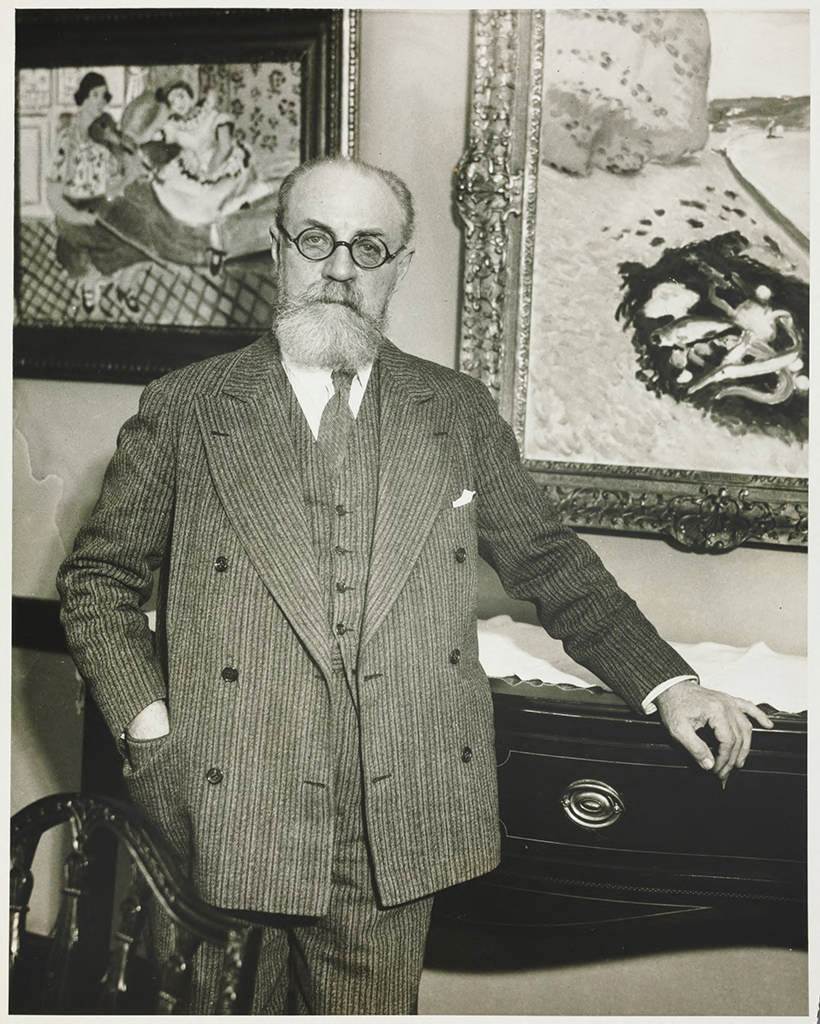
The exhibition will be accompanied by a scholarly catalog that includes research on the formal, technical, and social aspects of their artistic and collecting practices, as well as Cone’s seminal role in bringing European modernism to the United States.
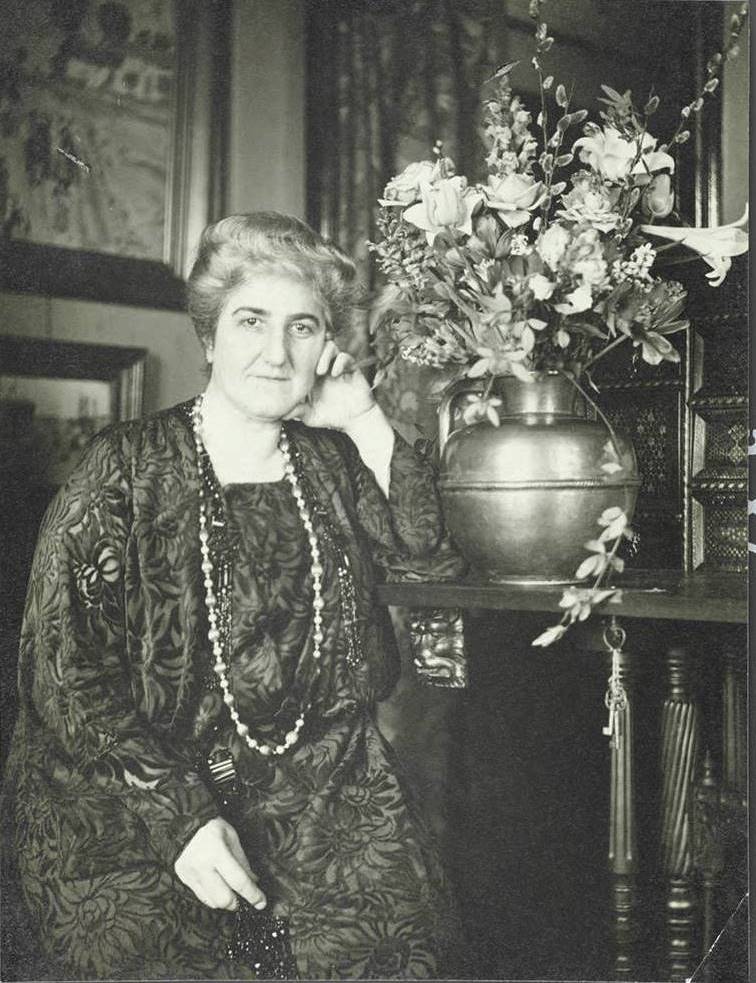
Etta Cone first visited Matisse’s studio in January 1906. At the time she had been living in Paris near her friends, siblings Gertrude, Leo, and Michael Stein, and Michael’s wife, Sarah, who made the important introduction to the artist. Cone immediately felt a kinship with Matisse, and purchased two drawings during the visit, only to return several weeks later to purchase another drawing and watercolor.
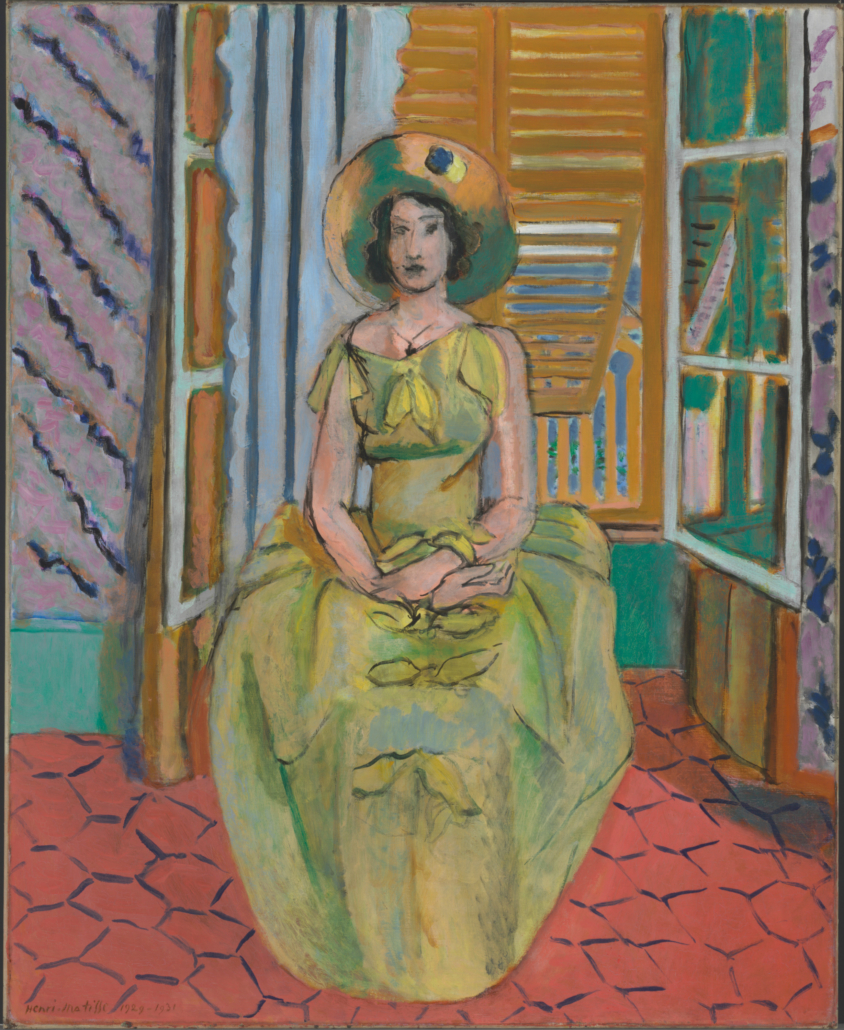
Shortly thereafter, Cone’s older sister, Claribel, also came to know Matisse, and together, the two sisters collected hundreds of his works, including important paintings such as Blue Nude (1907), The Yellow Dress (1929-31), and Large Reclining Nude (1935). Following Claribel’s death, Matisse traveled to Baltimore in 1930, and, for the first time, saw the impressive holdings that the Cone sisters had already acquired. It is likely that during this visit Etta also mentioned her interest in supporting the BMA, which had moved into its current location the year prior. From this point, Matisse began to create and offer Etta works with her collection and the museum in mind.
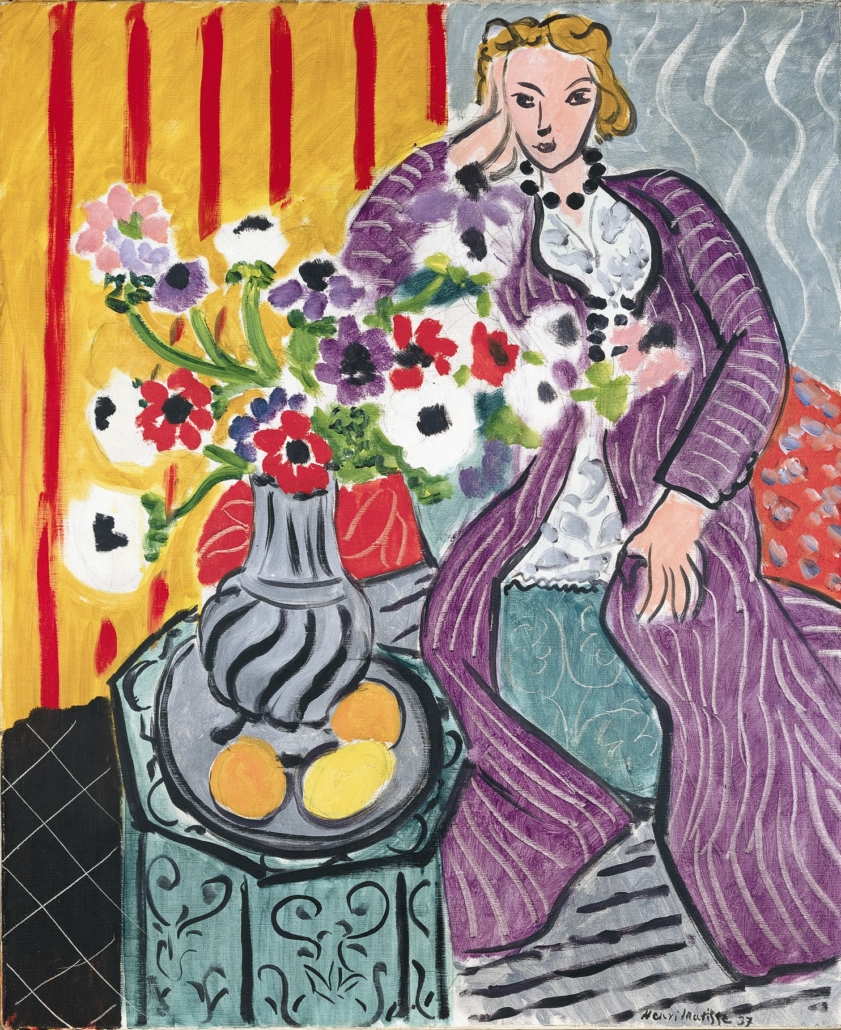
Altogether, the Cone sisters collected approximately 700 works by Matisse, with Etta bequeathing more than 600 of them to the BMA upon her death. The works formed an important portion of the much more expansive and renowned Cone Collection of modern art at the museum. For years, scholars have debated the purchases made by both Cone sisters, with much more credit given to the important acquisitions of major paintings by older sister Claribel.
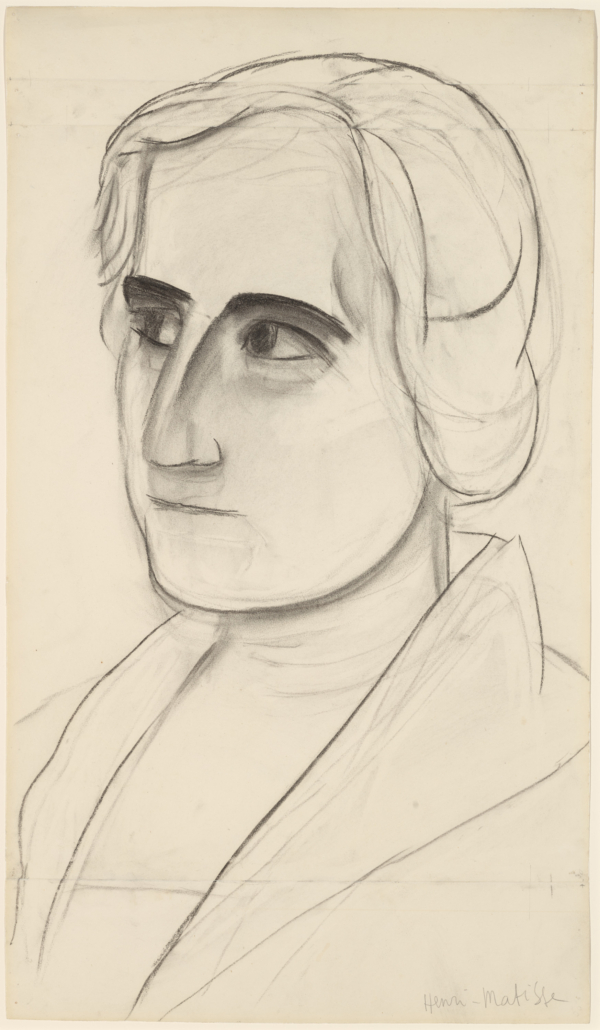
Modern Influence: Henri Matisse, Etta Cone, and Baltimore will for the first time fully recognize Etta’s achievements as a collector and acknowledge her role in building the majority of the sisters’ Matisse collection, particularly the sculpture, drawings, and prints. Through a thorough examination of the letters written between Etta and Matisse, the exhibition catalog captures Etta’s collecting approach, focusing on her interest in artistic process and the depth of her discernment and understanding of Matisse’s work and art more broadly.
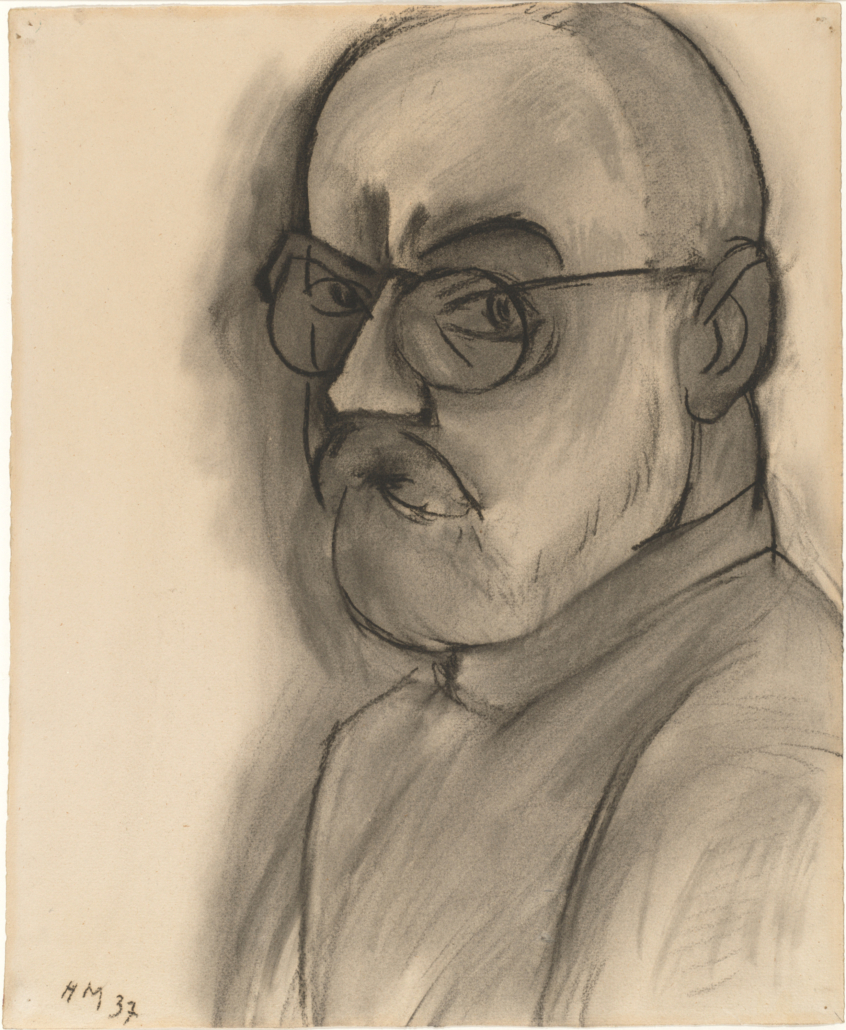
The more than 160 works in the exhibition will be presented largely in order of their acquisition date, demonstrating the development of the collection and Etta’s increasingly discerning eye. Among the major paintings in the exhibition are Interior with Dog (1934) and Purple Robe and Anemones (1937). The exhibition will also feature a large selection of drawings by Matisse, including a number of masterpieces that are rarely on view due to light exposure restrictions such as an extraordinary group of drawings from the 1930s.
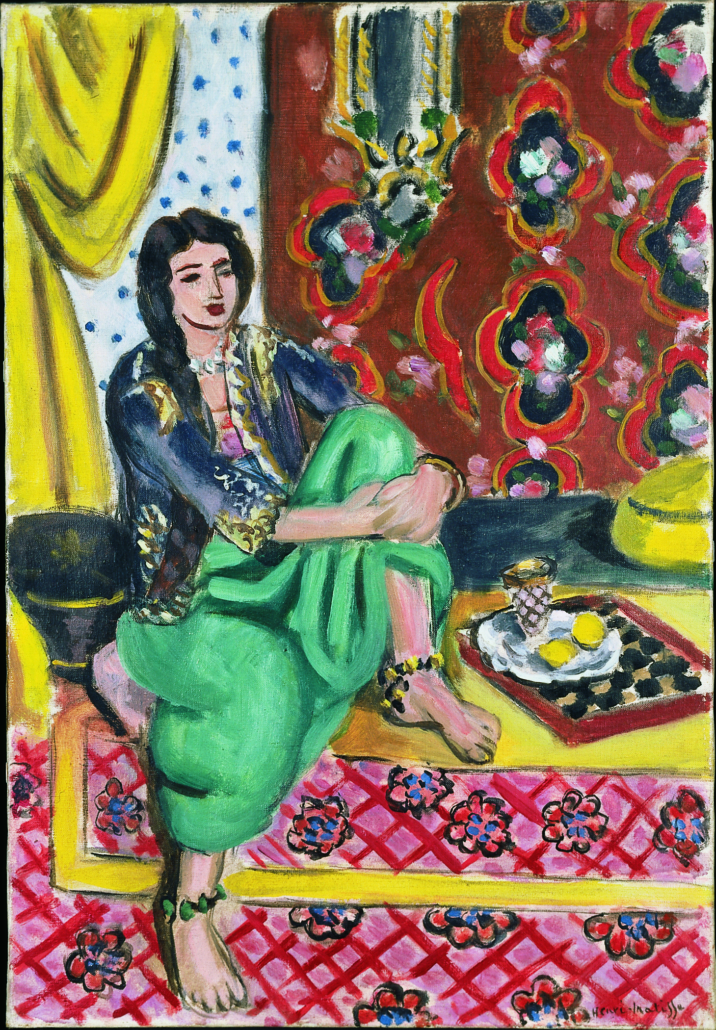
Also featured are major parts of one of Etta’s most important purchases: the maquette for Matisse’s first illustrated book, the Poesies de Stephane Mallarme (1932). Assembled by the artist and his daughter, Marguerite Duthuit, after the published book was complete, it features more than 250 objects that trace much of his process and includes preparatory drawings, prints in various states of execution, copper plates, and the final deluxe edition of the book. It has not been on view at the BMA since 1989 and is one of the Cone Collection’s least-known treasures. A large, multi-touch digitized table will include high-resolution images of the printed version of the illustrated book, translations of Mallarme’s poetry, and information about the historical context of the work.
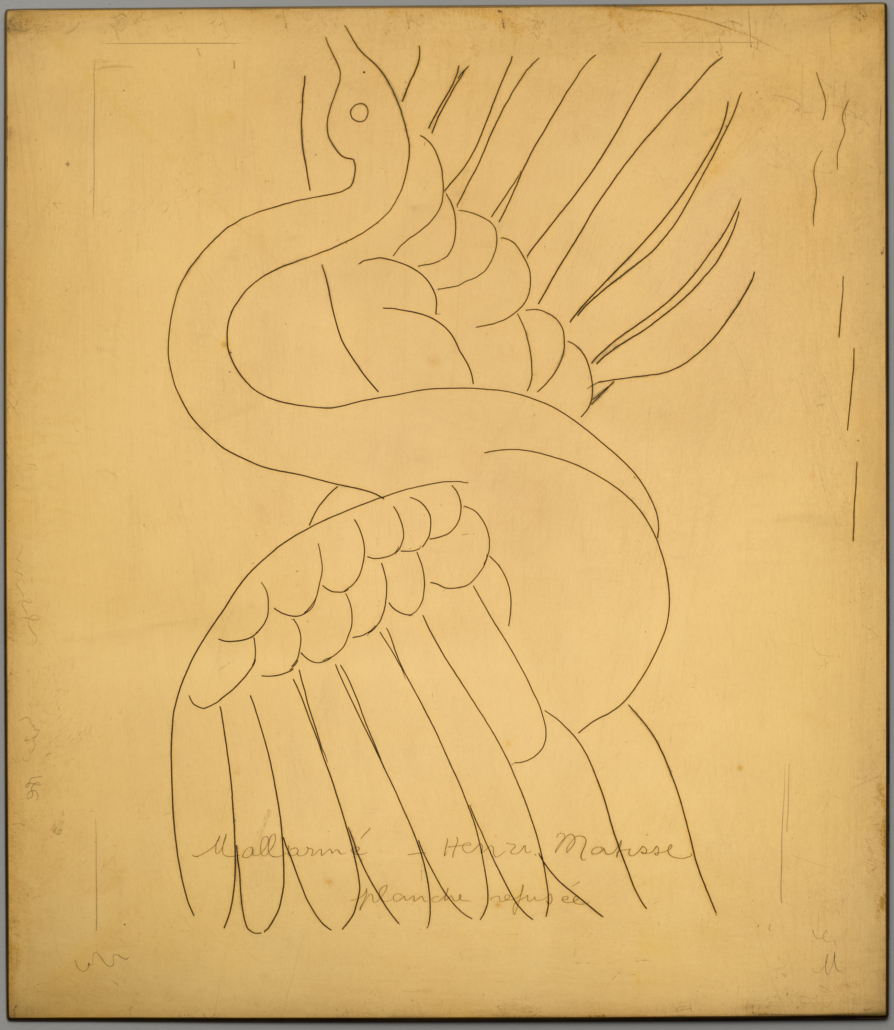
The last gallery of the exhibition will feature the paintings and works on paper acquired by Etta during the final years of her life, as her collecting started to slow down. After 1938 and the onset of World War II, she could no longer travel to Europe, but she continued to purchase works when she could, often from Matisse’s son, Pierre Matisse, who had a gallery in New York. The exhibition will end with a display of Matisse’s Jazz (1947), one of his most beautiful and important illustrated books, which looks forward to the paper cut-out compositions that he created at the end of his life.
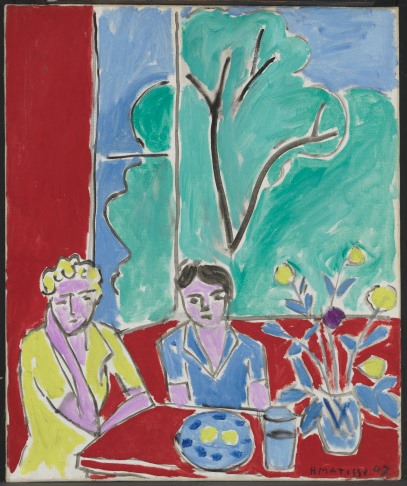
The Matisse works in the Cone Collection inspired the BMA to expand scholarship and public engagement with the artist’s work. In addition to the Cone bequest, the BMA has added more than 500 works by the artist, amassing the world’s largest and most comprehensive collection of Matisse works in a public museum. This includes gifts from members of the Matisse family, such as a selection of works from the collection of the artist’s daughter Marguerite Duthuit and a major donation of prints by The Pierre and Tana Matisse Foundation in New York.
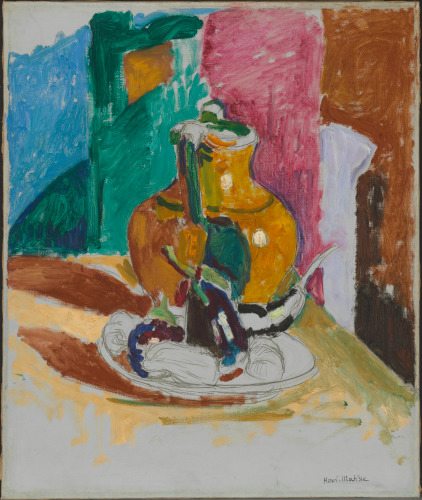
The creation of The Ruth R. Marder Center for Matisse Studies fulfills a long-term strategic goal for the BMA to present the breadth and depth of its Matisse holdings, while also supporting the development of new scholarly publications that advance ongoing discussions on the trajectory of modern art and Matisse’s importance therein. When the center opens in December 2021, it will have a dedicated gallery and study room that increases opportunities for visiting scholars and the public to experience more of the collection on a regular basis.
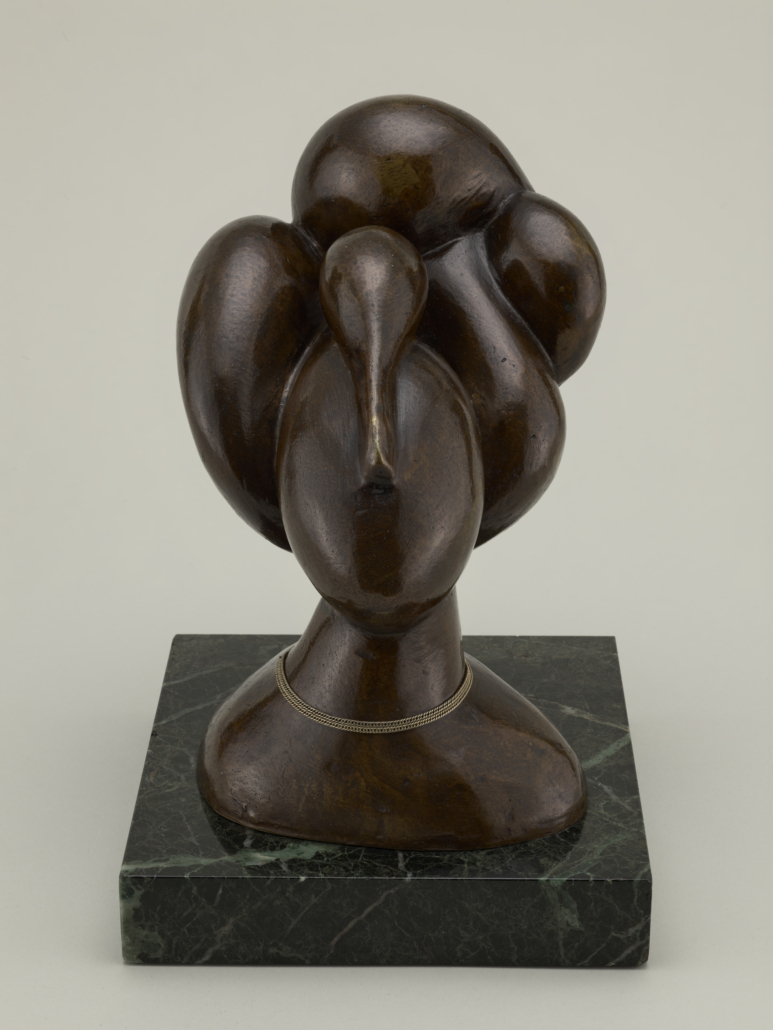
Henri Matisse, ‘Tiari (with Necklace),’ original model 1930; this cast 1930. The Baltimore Museum of Art: The Cone Collection, formed by Dr. Claribel Cone and Miss Etta Cone of Baltimore, Maryland, BMA 1950.438. © Succession H. Matisse/Artists Rights Society (ARS), New York
A Modern Influence: Henri Matisse, Etta Cone, and Baltimore is co-curated Katy Rothkopf, The Anne and Ben Cone Memorial Director of The Ruth R. Marder Center for Matisse Studies and Senior Curator of European Painting and Sculpture at the BMA and Leslie Cozzi, BMA Associate Curator of Prints, Drawings, and Photographs.
This exhibition is generously supported by The Pierre and Tana Matisse Foundation and the Richard C. von Hess Foundation. Additional support is provided by the Robert Lehman Foundation.
Visit the website of the Baltimore Museum of Art and see its dedicated page for A Modern Influence: Henri Matisse, Etta Cone, and Baltimore.


